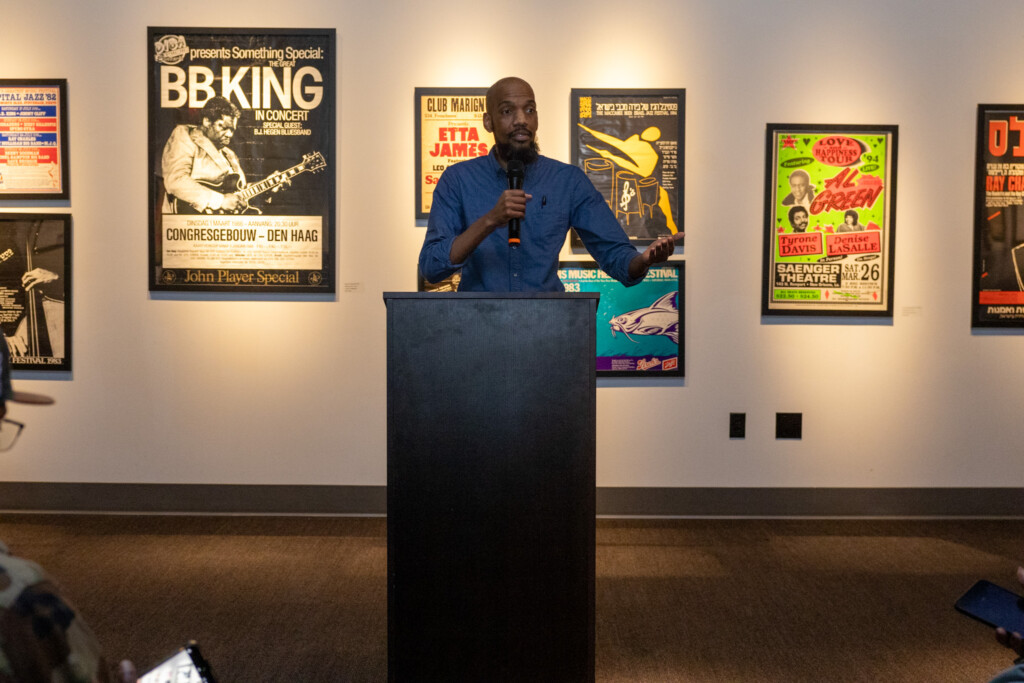EDUCATE
NMAAM provides a dynamic learning environment where visitors can explore important aspects of Black history and culture through interactive exhibits, guided tours, and special programming.
Celebrate Giving Tuesday at Musical Gifts 2025 - Grammy Winning Artists + Black Santa - December 2nd - FREE!
Register →The National Museum of African American Music (NMAAM) is the only museum dedicated to preserving and celebrating the legacies of many music genres created and inspired by African Americans, from spirituals and gospel to jazz, blues, hip-hop, and R&B.
Located in the heart of downtown Nashville, NMAAM’s expertly curated collections invite visitors to discover the story of the American soundtrack by integrating history and interactive technology to educate and bring the musical heroes of the past into the present.
The National Museum of African American Music broke ground in early 2017 and opened its doors in 2021. Since then, NMAAM has welcomed visitors from across the country and around the world and has become a cultural landmark in the heart of Music City. It offers an experience that connects people through the power and legacy of African American music.
Located in the heart of Nashville’s Broadway Historic District, the National Museum of African American Music (NMAAM) honors the profound impact of African American artists across genres like gospel, blues, jazz, R&B, and hip-hop. It’s more than a museum—it’s a cultural landmark that reshapes Music City’s narrative.
In 1998, inspired by a gala at Hank Aaron’s home, Francis Guess and Dr. T.B. Boyd envisioned a museum celebrating African American music and heritage. Their idea led to the founding of the African American History Foundation of Nashville, launching a campaign to build community support.
Originally planned for Jefferson Street, a historic hub of Black nightlife and culture, the museum was to be called the Museum of African American Music, Art and Culture (MAAMAC). The area’s legacy includes performances by legends like Etta James and Jimi Hendrix, and institutions like Fisk University and Tennessee State University.
The 2008 recession halted fundraising, prompting a reimagining of the project. In 2013, H. Beecher Hicks became the first President and CEO, and the museum was renamed NMAAM, relocating to downtown Nashville at the former site of the Nashville Convention Center.
After more than two decades of planning, NMAAM stands as a vibrant tribute to the legacy and future of African American music.
Today, NMAAM is more than a destination; it’s a movement. It invites visitors from all walks of life to explore, reflect, and celebrate the rhythms that have shaped generations.
Excerpts taken from “Rivers of Rhythm: African Americans and the Making of American Music, National Museum of African American Music, 2021.
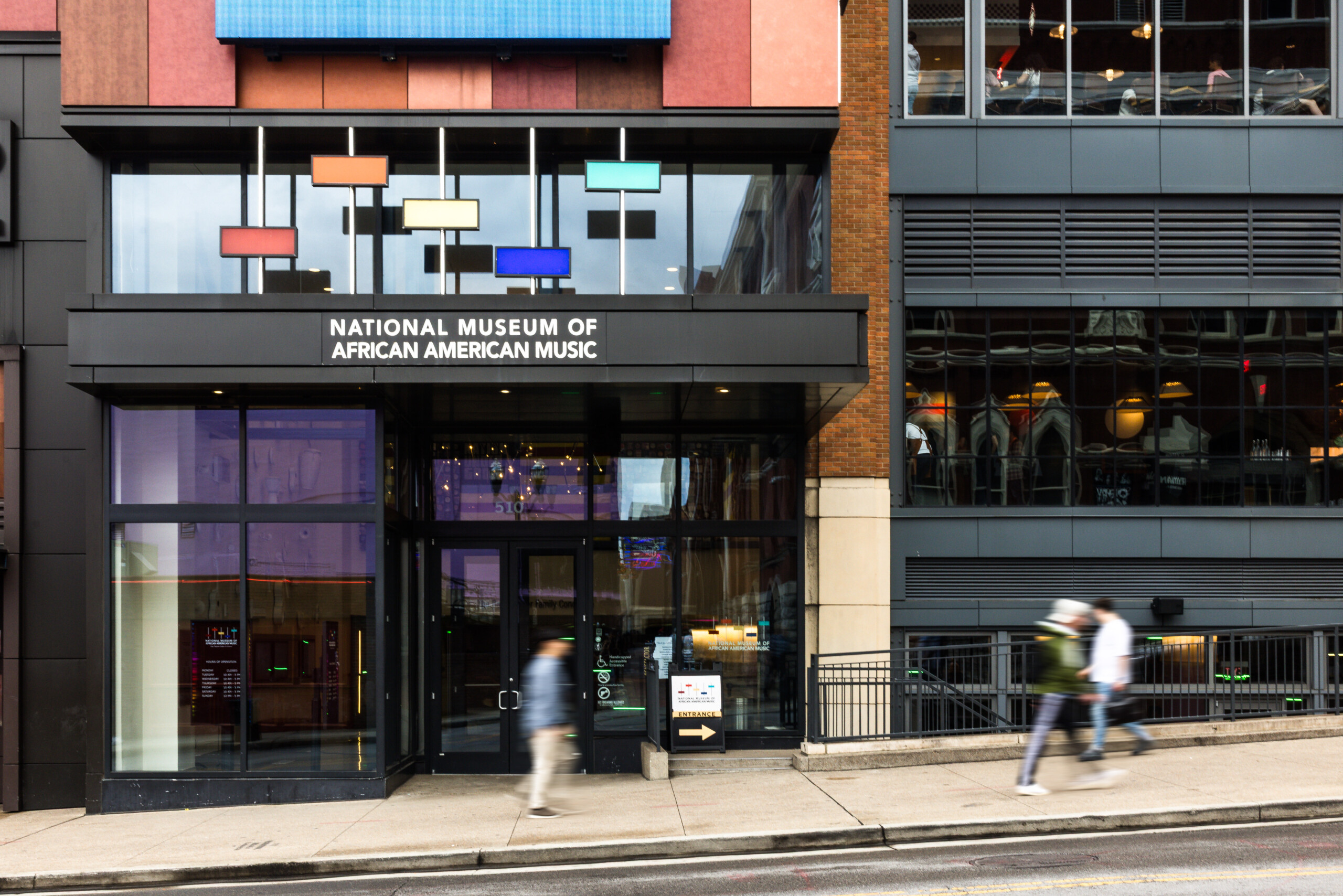
Entrance on 5th Ave John Lewis Way
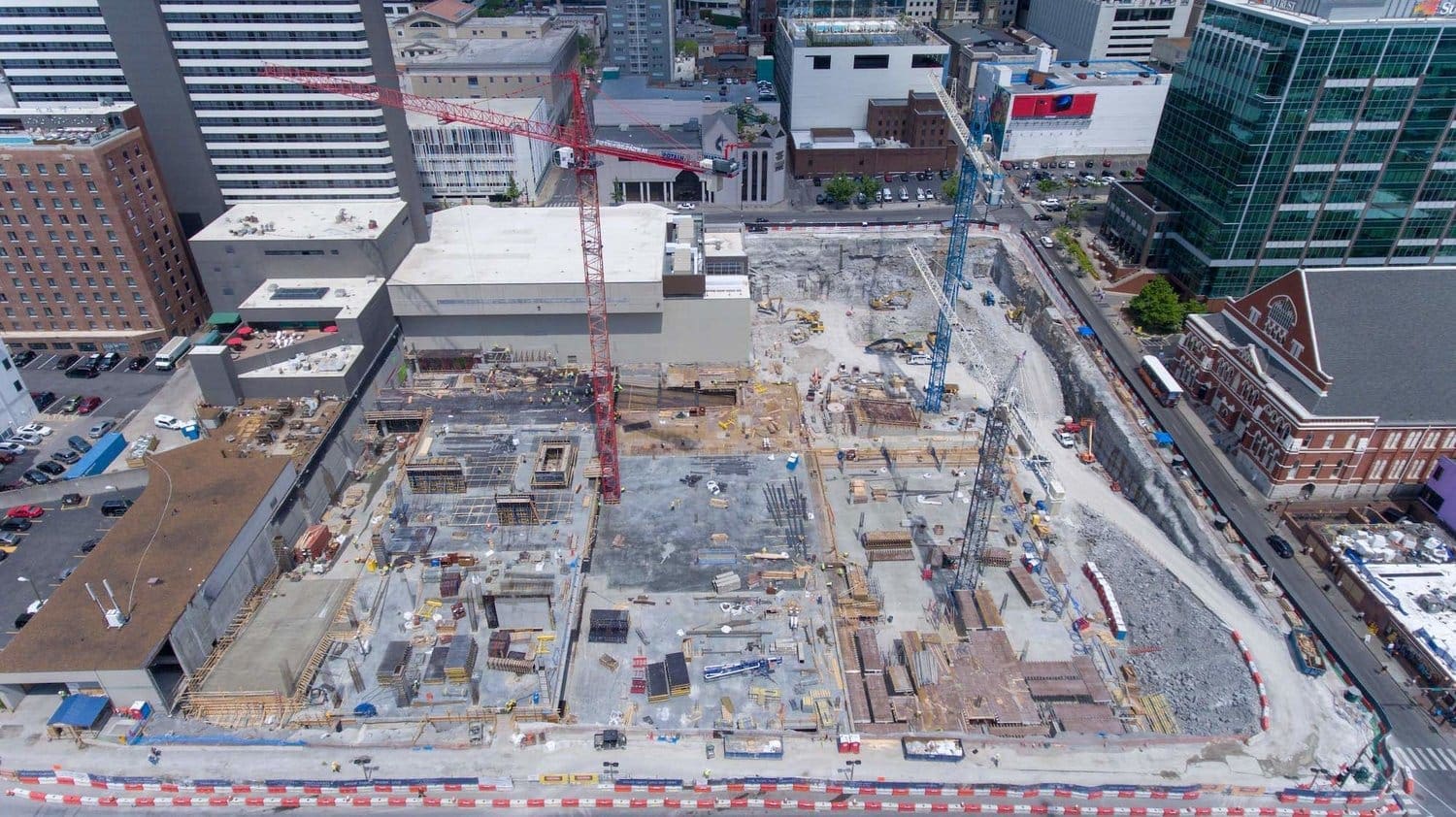
5th + Broadway (Charter Construction)
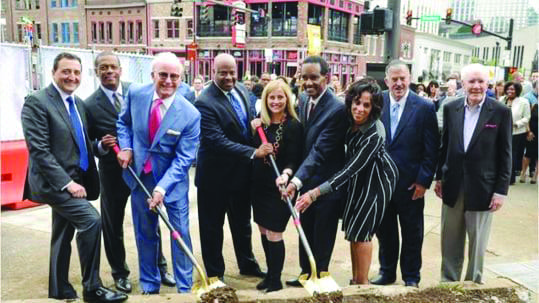
l-r; Thomas D. Turner, President, Nashville Downtown Partnership; Kevin Lavender, Sr. VP/Managing Director, Large Corporate and Specialized Industries of Fifth Third Bank; Dene Oliver, Chief Executive Officer of Oliver McMillan; H. Beecher Hicks, III; Mayor Megan Barry; Dr. T.B. Boyd, III; Connie Kinnard; Pat Emery, President, Spectrum/Emery and Ben Rechter Photo by Getahn Ward, USA TODAY NETWORK – Tennessee
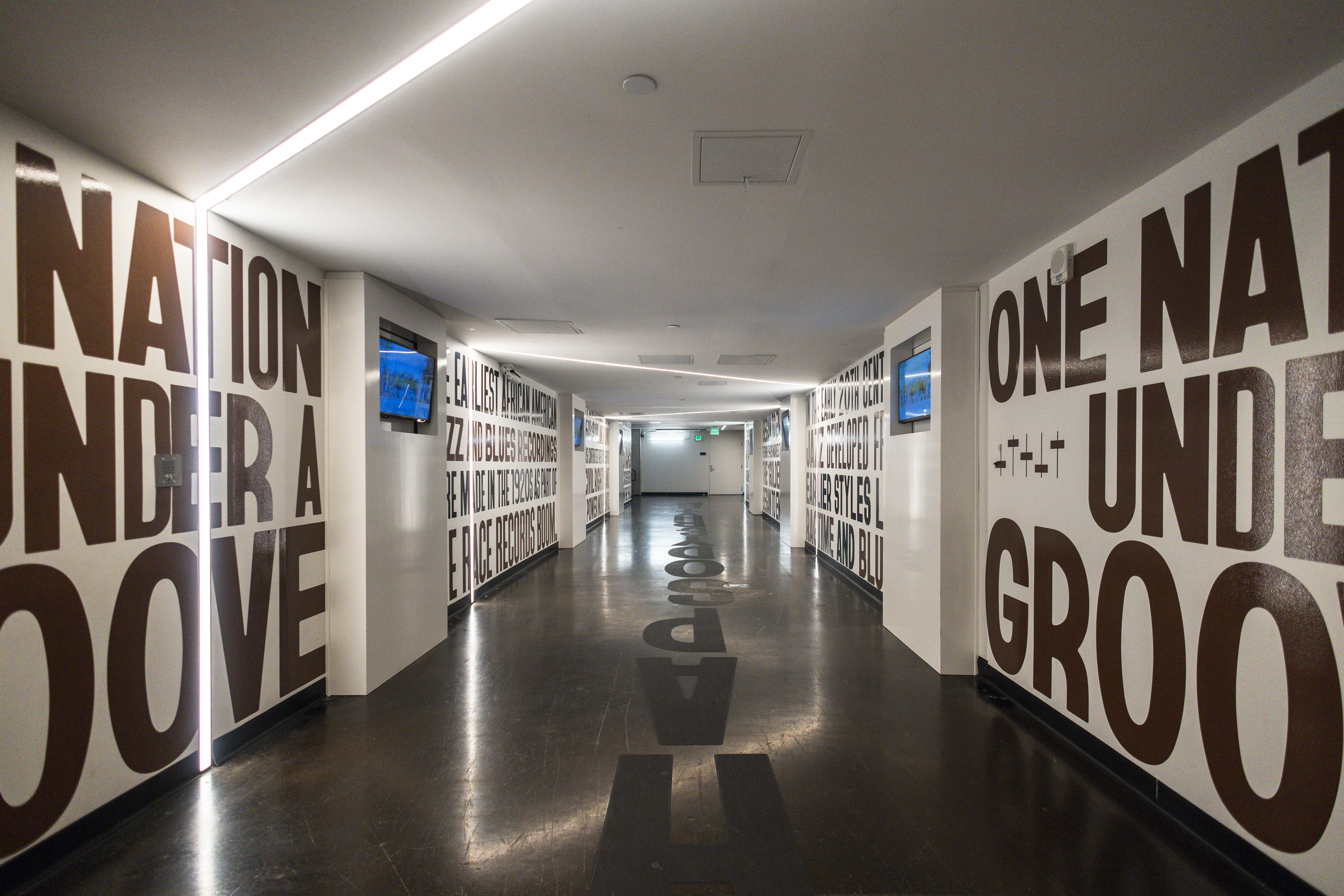
Broadway Corridor
NMAAM’s permanent exhibition, Rivers of Rhythm, uses the metaphor of a river to illustrate the dynamic flow and interconnectedness of African American music. Five genre-themed galleries—arranged chronologically—surround a central corridor, symbolizing how each genre contributes to the broader stream of Black cultural history.
The exhibition features Roots and Streams, an interactive database showcasing artist profiles, sample tracks, and influence maps. It reveals how musical inspiration crosses genres, generations, and geography—highlighting the fluid nature of artistic legacy.
Developed with Gallagher and Associates, the exhibition blends traditional artifacts with over 25 interactive touchpoints. Visitors engage with music, stories, and visuals that bring history to life.
Each guest receives an RFID bracelet linked to their email. As they explore, they can save playlists and content, which are sent to their inbox after the visit—creating a lasting digital souvenir.
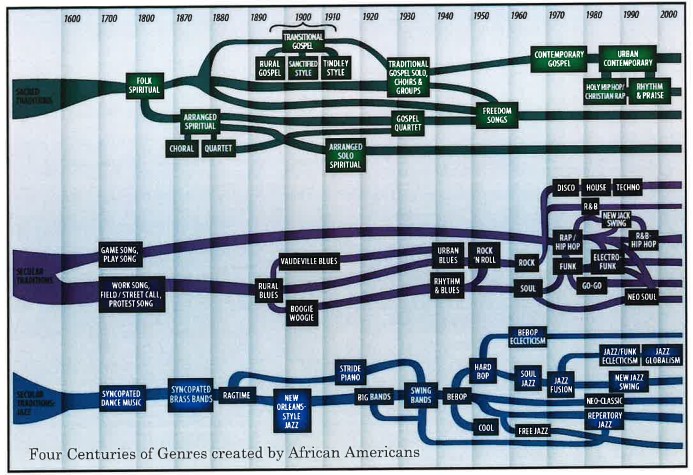
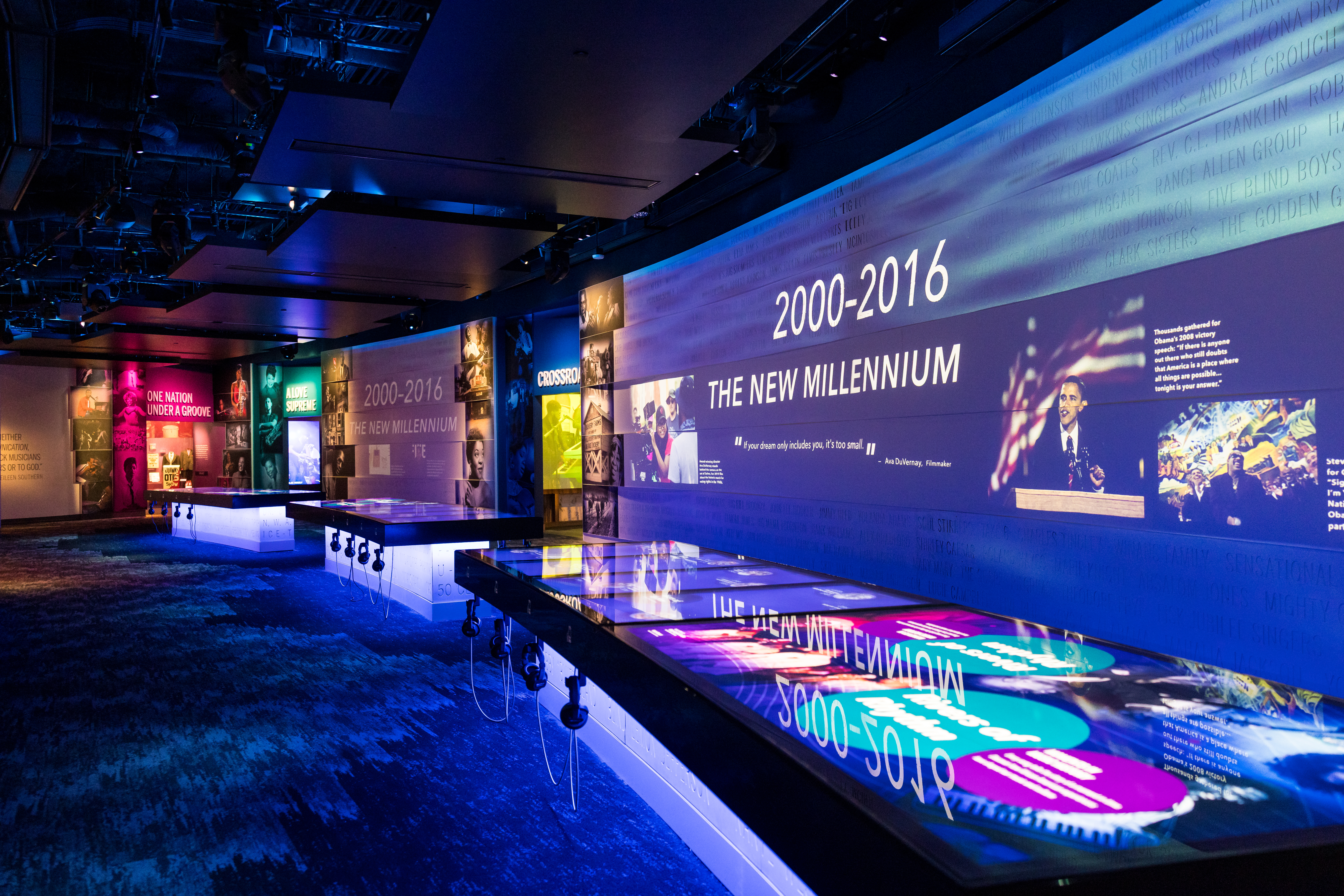
Rivers of Rhythm Gallery
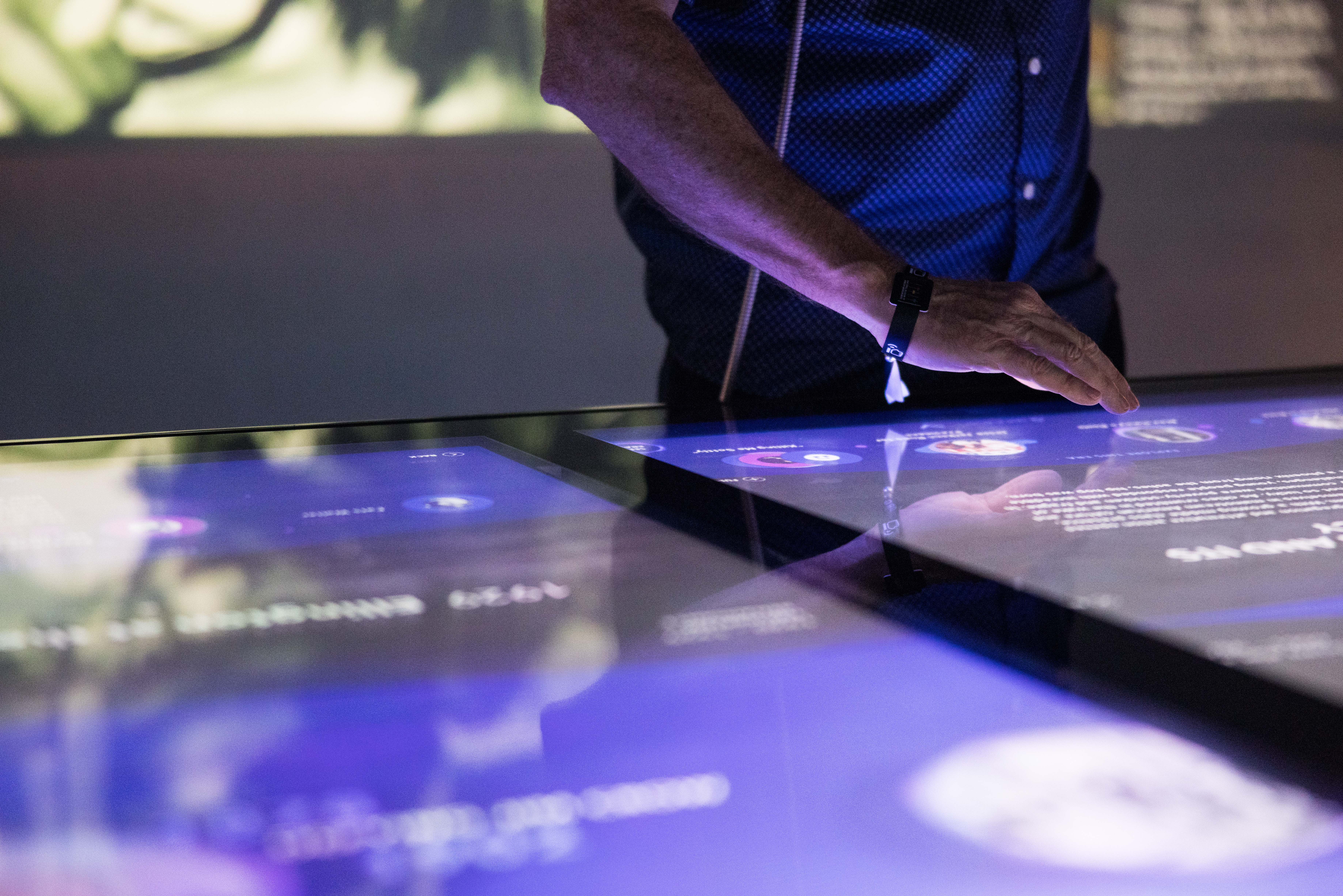
Guest with RFID Bracelet
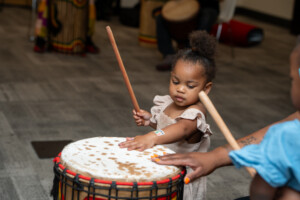
NMAAM provides a dynamic learning environment where visitors can explore important aspects of Black history and culture through interactive exhibits, guided tours, and special programming.
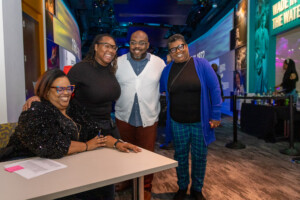
NMAAM showcases more than 50 music genres that were created, inspired, or influenced by African American culture—from early American religious music to hip hop and rhythm and blues.
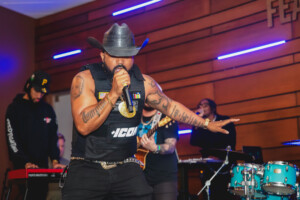
NMAAM celebrates the central role African Americans have played in shaping the American soundtrack—highlighting the creativity, influence, and cultural impact behind more than 50 genres and subgenres of music, from blues and jazz to hip hop and R&B.
NMAAM’s mission is to educate the world, preserve the legacy, and celebrate the central role African Americans play in creating the American soundtrack.
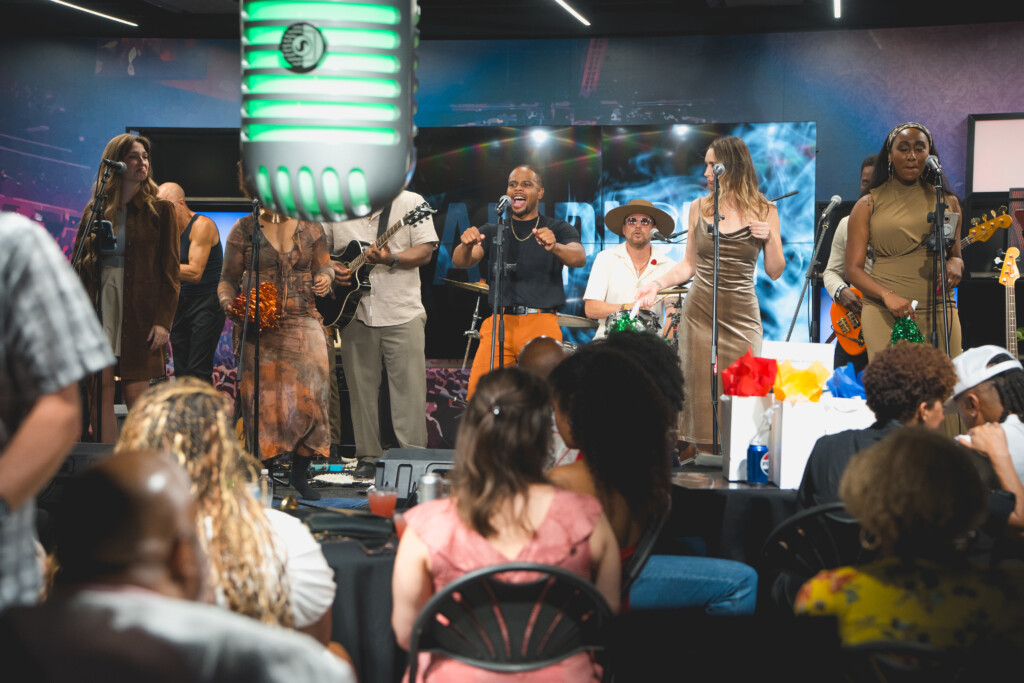
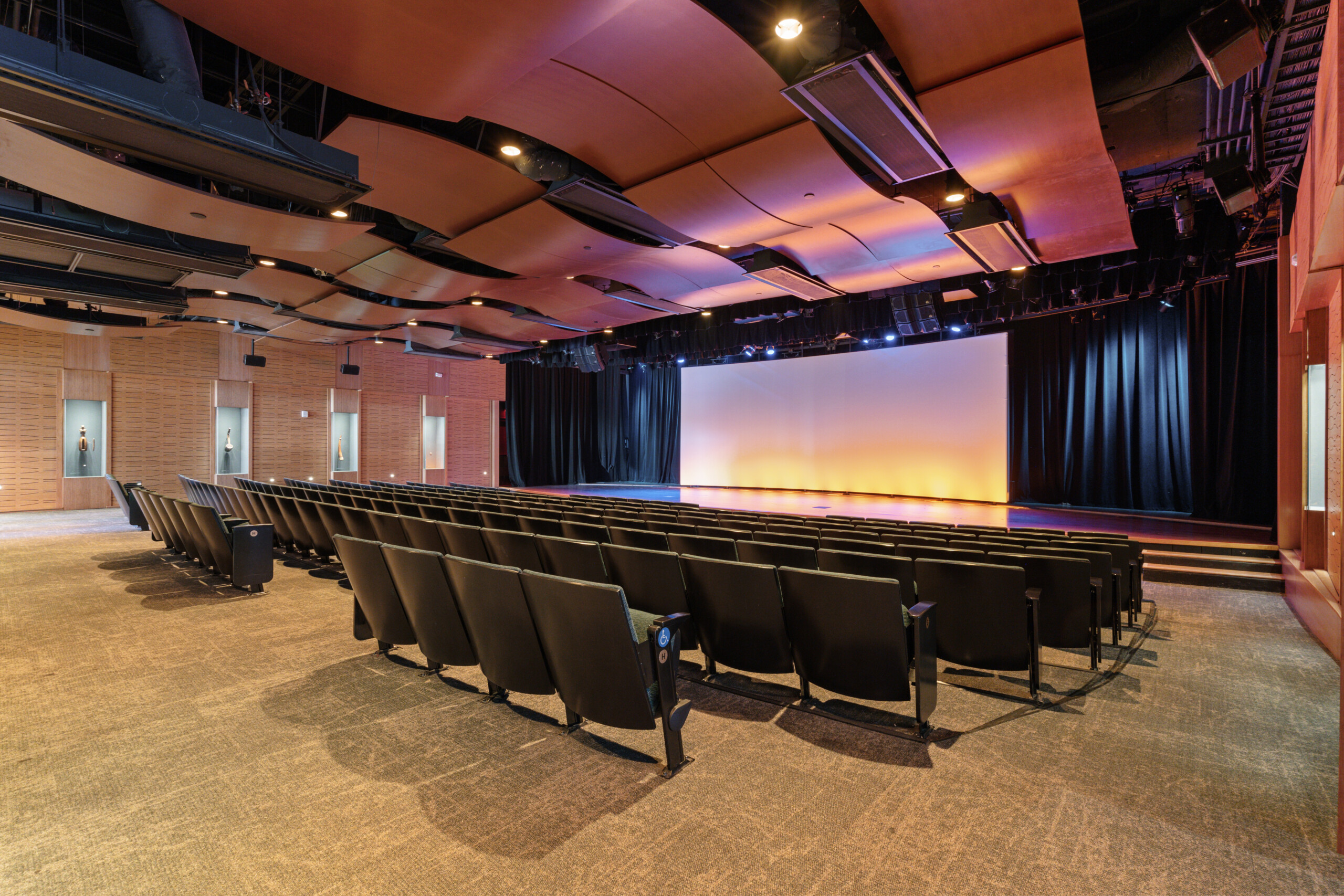
Begin your NMAAM visit with an immersive film experience that provides an overview of West and Central African cultures and the institution of slavery, setting the stage for the musical evolution that follows.
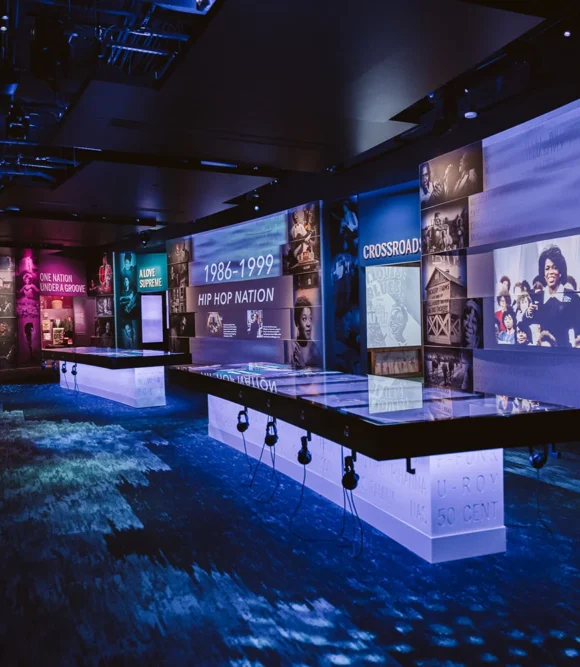
Explore the Rivers of Rhythm corridor, the central spine of the museum experience, featuring interactive timeline that links American history with the evolution of African American music traditions.
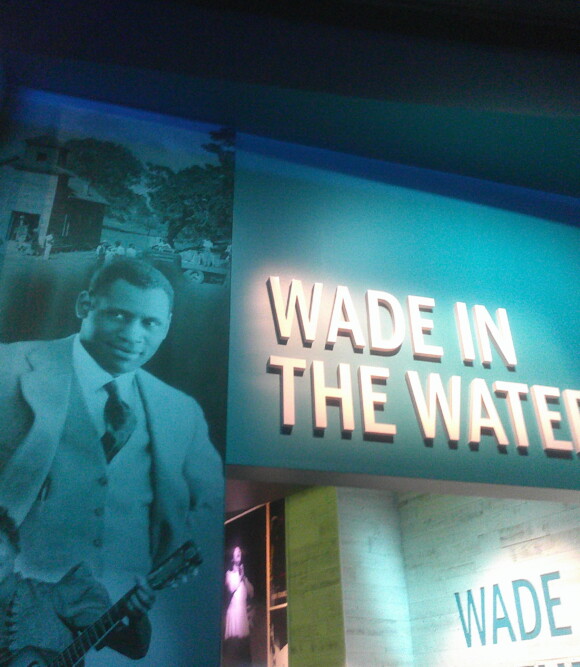
Discover the history and influence of religious music, tracing its roots from indigenous African music through the formation of African American spirituals and hymns to the “Golden Age of Gospel” in the 1940s–1960s.
The leadership team at the National Museum of African American Music is made up of dedicated professionals who share a deep commitment to the museum’s mission: to educate the world, preserve the legacy, and celebrate the central role African Americans have played in shaping the American soundtrack.
